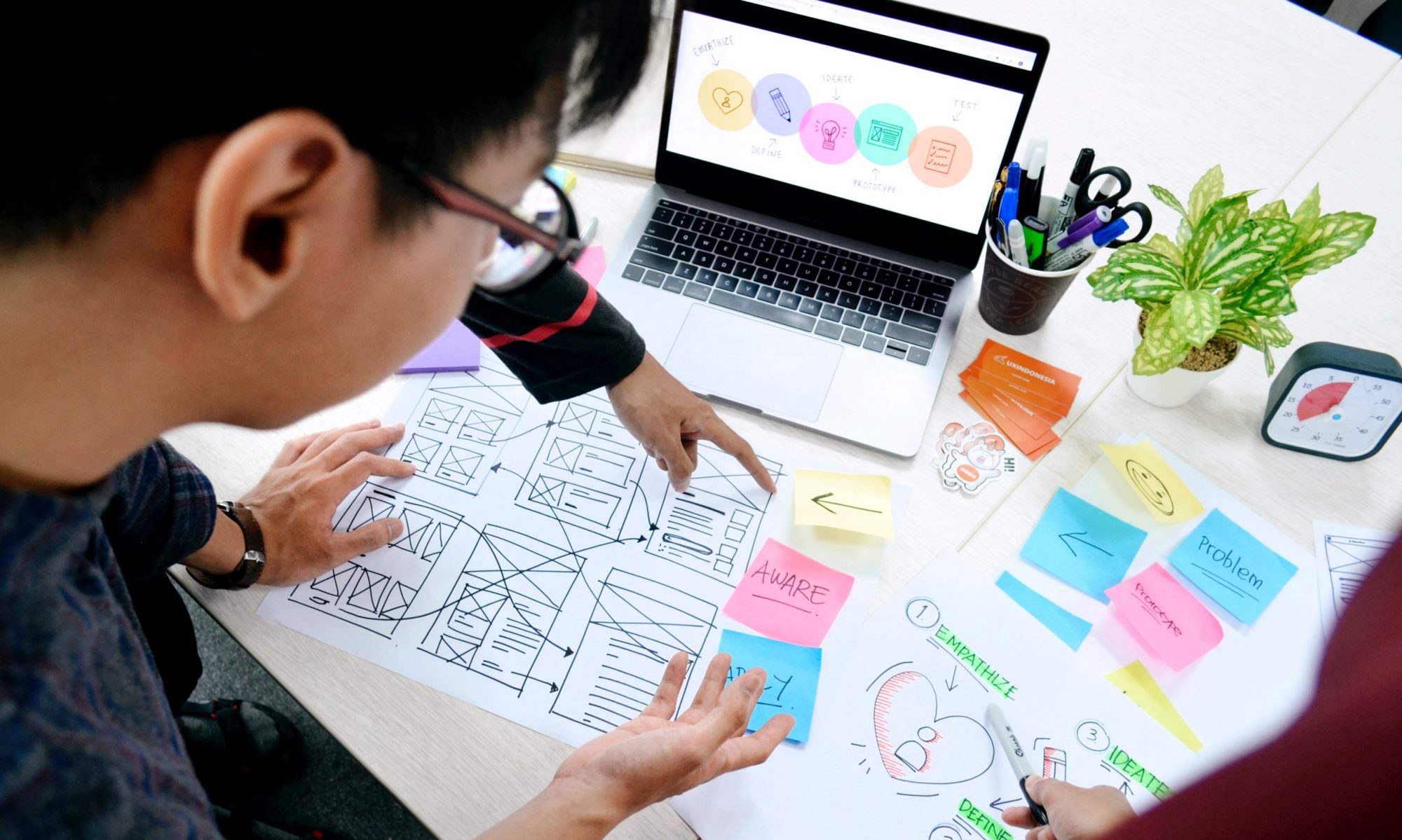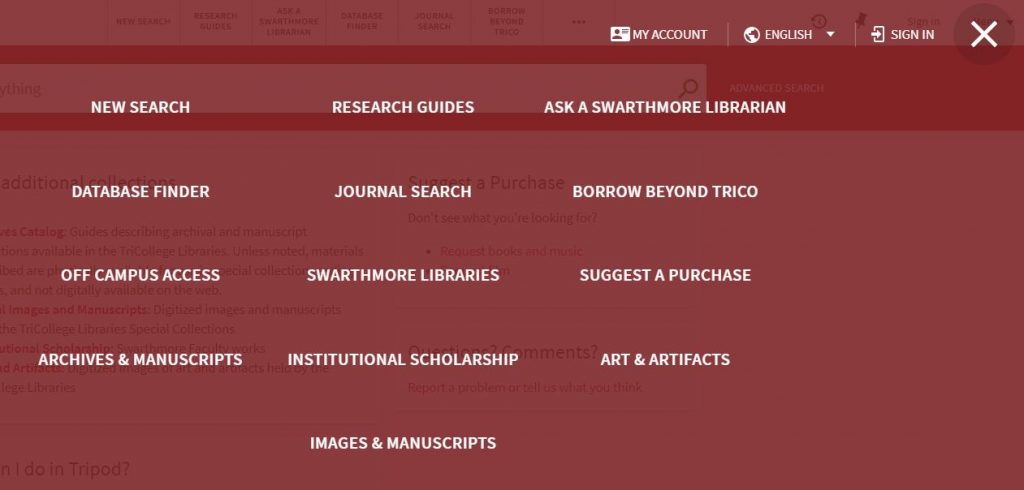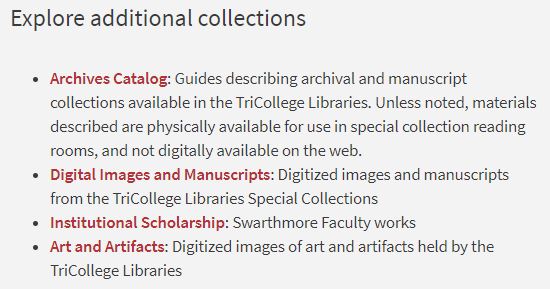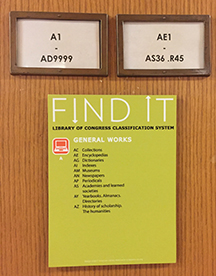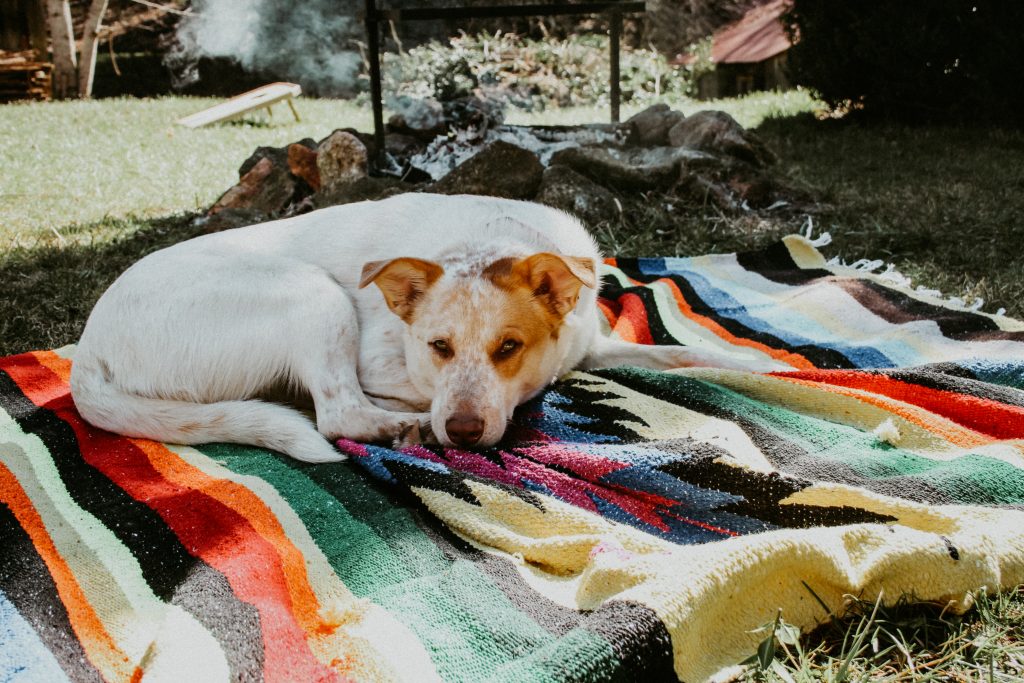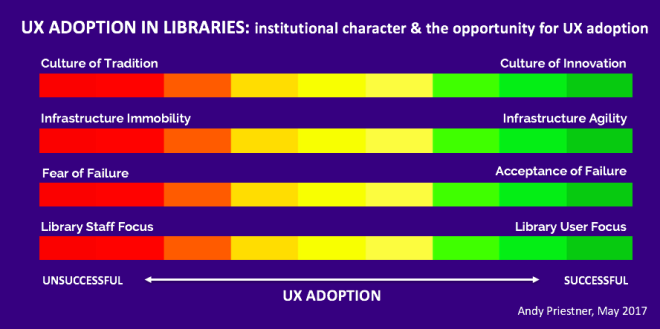The Student UX Team jumped straight into work this semester to write and workshop scenarios and facilitate web usability sessions designed to test out the usability of links added to the Tripod homepage designed to surface contextual content on the Libraries’ website. These are the tasks we chose:
- Request a book that is not held by the TriCollege Libraries – Borrow Beyond Trico
- Schedule an appointment with a Subject Specialist Librarian
- Find help with citation styles
- Reserve a study space
- Access the most recent issue of a specific journal
- Access today’s NY Times using Swarthmore credentials
- Suggest a purchase
The team facilitated 10 sessions and learned:
Quick Links are visible and useful with 100% success rates for:
- Borrowing Beyond Trico (all users chose the Quick Links on the bottom right of the page rather than the top link above the search bar.)
- Scheduling an appointment
- Finding help with citation styles
- Reserving study space in the libraries
- Suggesting a Purchase
Some Links were too slow
The Quick Links to the full records for both the NY Times and the Washington Post were so slow that many users assumed they were broken.
Multiple paths to information can be helpful
Students found their way to citation help via:
- Research Guides link above the search bar
- Get Help link above the search bar
- A Quick Link for Research Help under the search bar
Fine Print in full results was ignored
Users did not explore granular information on full results pages for resources, for example the information on how to sign up for an Academic Pass for the New York Times via the Ejournals link, or the different coverage dates available via different vendors for the Annual Review of Anthropology.
What we changed:
- Removed the individual Quick Links for the NY Times and the Washington Post
- Moved the link to the Newspapers and Magazines LibGuide – in which users more readily saw information about the New York Times Academic Pass – out of the ‘Explore’ section and into the ‘Top Resources’ section
- Reordered the sections on the Study Rooms and Spaces to move Group Study Spaces higher up the list
- Asked our campus colleagues who manage the space reservation software to add the common name, ‘Color Room’ to the information about McCabe room 211, a popular space students may want to reserve but couldn’t identify in Swat Central by room number or formal name.
Additional Findings:
Confusion over multiple links to electronic access for one title
“Are these choices sequenced in any way? Is the top choice the recommended one?”
Even though explanations are present explaining the options from different vendors (most often about date coverage) users don’t notice or read them. People skim on the web, their eyes look for links and they miss the fine print.
- Are we able to increase font size?
- Would that matter?
Our drop-in sessions, lasting only about 10 minutes, may contribute to users not taking the time that they might if they were searching for something on their own. We’ll learn more when we run longer, in-depth Tripod sessions later this year.
Confusion remains over publishing terms
‘Journal,’ ‘Article,’ ‘Database,’ and sometimes even ‘Book,’ remain confusing terms for some students who needed clarification for the scenario in which they were to find the most recent issue of “The Annual Review of Anthropology.” And even though most completed the task successfully, more than a few did not seem clear on the concept of scholarly journal.
Research Guides are appreciated
“I got research instruction in class and found it really helpful – especially as a first and second year student. I learned about Research Guides and highly recommend using them.”
Explore effective communication
“I’m surprised you can do so many things here. The libraries should market things more for people who start with Google Scholar because they may not know about all the other resources. I learned a lot. A lot of people may not know about the resources the libraries have and it’s impressive.”
And a larger question:
Even though they accomplished the task successfully on our sites, most students said they would not look for citation help via Tripod, the Libraries’ site, Librarians, or RIAs (Research and Information peer associates.) Most said they would seek out a WA (peer Writing Associate) or use another well established site that they may have learned about in high school, like Purdue Owl.
This is fine! We’re happy they can find help with citations without us, but it’s interesting to hear. It could be an example of the shifting landscape and priorities for academic libraries and librarians. What library services do students truly need and how do their needs intersect with our expertise?
